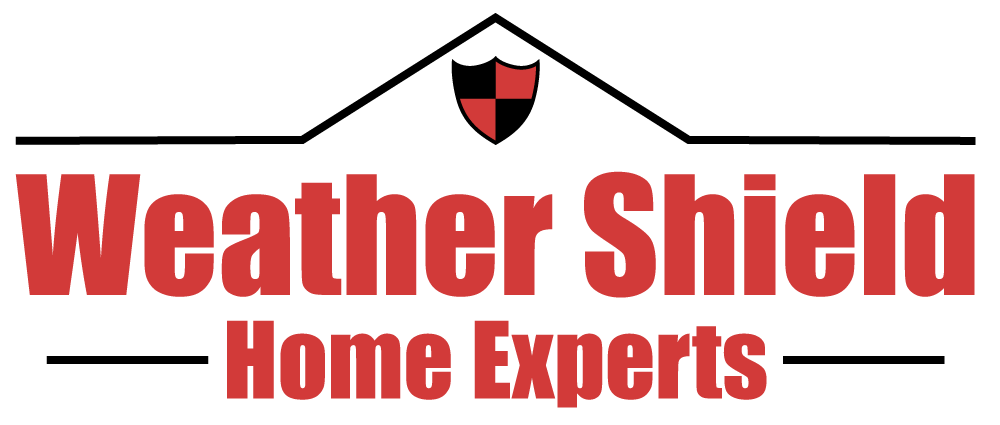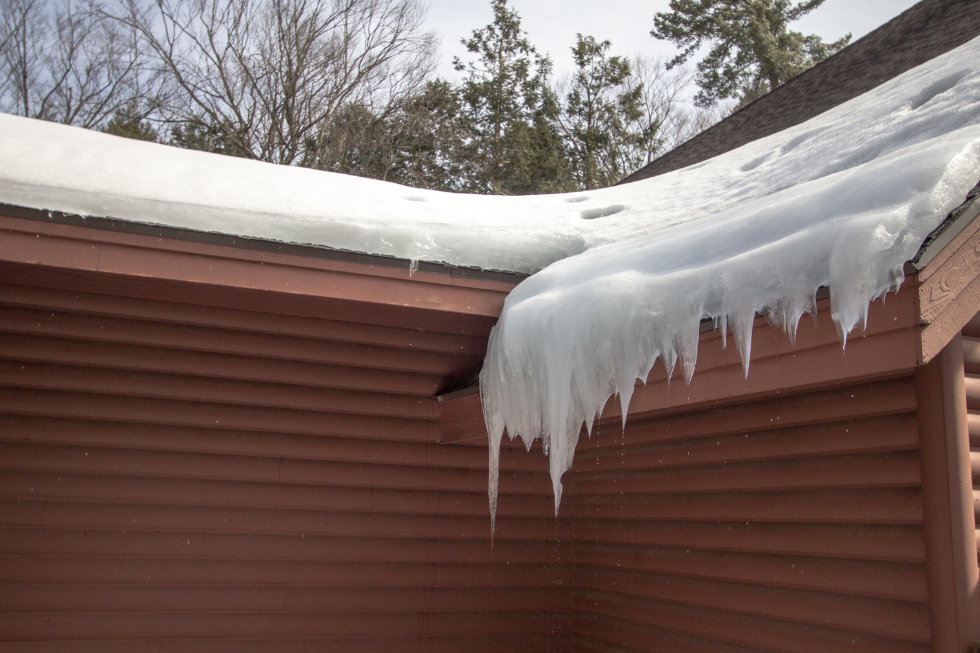How to Choose the Right Insulation for Your Garage
Your garage isn’t just a place to park your car—it’s an extension of your home. Whether you use it for storage, as a workshop, or even as additional living space, properly insulating your garage is essential for comfort, energy efficiency, and protecting what’s inside. At Weather Shield Home Experts, we understand the importance of choosing the right materials for your specific needs. Here’s a guide to help you navigate the best insulation options for your garage.
Why Garage Insulation Matters
Insulating your garage provides numerous benefits:
- Energy Efficiency: Reduce heat loss in winter and minimize heat gain in summer, lowering your energy bills.
- Temperature Control: Maintain a more consistent temperature, especially if your garage is attached to your home.
- Protection for Stored Items: Prevent extreme temperatures from damaging stored belongings.
- Comfort: Create a more usable and enjoyable space for hobbies or projects.
Types of Garage Insulation
- Fiberglass Batts and Rolls
- Fiberglass insulation is one of the most common options for garages. It’s affordable, easy to install, and effective in reducing heat transfer. It’s ideal for finished walls, ceilings, and floors but requires proper sealing to prevent air leaks.
Best For: Walls and ceilings in climate-controlled garages.
- Rigid Foam Boards
- Foam board insulation provides a high R-value (insulating power) with a slim profile, making it an excellent choice for garage doors and tight spaces. It’s moisture-resistant, lightweight, and durable, offering long-lasting performance.
Best For: Garage doors and areas with limited space.
- Spray Foam Insulation
- Spray foam insulation expands to fill every crack and crevice, creating an airtight seal. It offers superior insulation and moisture resistance but comes at a higher cost compared to other options.
Best For: Irregularly shaped spaces or garages with frequent temperature fluctuations.
- Reflective Insulation
- Reflective insulation uses aluminum foil layers to reflect radiant heat, making it ideal for warm climates. It’s often used on garage doors to minimize heat transfer during hot summer months.
Best For: Hot climates or garages with direct sun exposure.
- Blown-In Cellulose
- Made from recycled materials, cellulose insulation is eco-friendly and provides excellent coverage for unfinished walls and ceilings. However, it can settle over time, potentially reducing its effectiveness.
Best For: Unfinished walls and ceilings in garages.
Factors to Consider
- Climate: Consider your local weather when selecting insulation. Homes in colder regions benefit from materials with higher R-values, while warmer areas may prioritize reflective options.
- Garage Use: If your garage doubles as a workspace or living area, prioritize insulation that provides better soundproofing and temperature control.
- Moisture Concerns: In damp climates, choose moisture-resistant materials like foam board or spray foam to prevent mold and mildew.
- Professional Installation: Some insulation types, like spray foam, require professional installation to ensure optimal performance.
The Importance of Insulating Your Garage Door
The garage door is often overlooked but plays a critical role in maintaining your garage’s temperature. Upgrading to an insulated garage door or adding insulation to your existing door can significantly improve energy efficiency.
Explore our garage door solutions for more information on improving your garage’s insulation.
How Weather Shield Home Experts Can Help
At Weather Shield Home Experts, we’re dedicated to helping you create a comfortable and energy-efficient home. Whether you need assistance selecting the right insulation or want professional installation, our team has the expertise to get the job done right.
Contact us today to schedule a consultation and learn more about how we can enhance your garage’s functionality and comfort.

